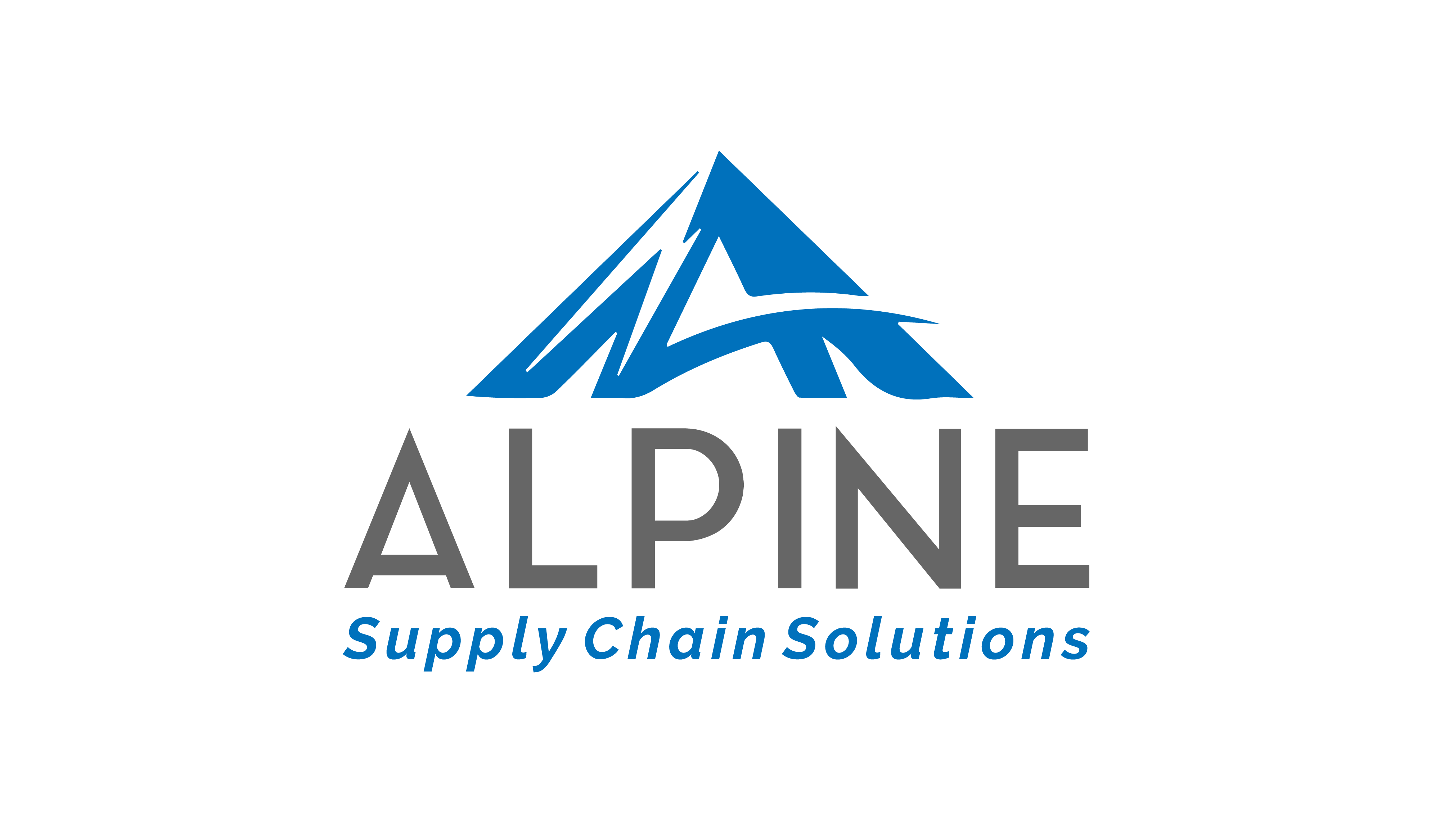As companies have dealt with COVID-19’s effects, businesses have increased their focus on supply chain management and suppliers in particular. The events of the past year have underscored the importance of understanding each supplier’s value to an organization. Supplier segmentation is more necessary than ever. Here’s how to start the process and why it matters for your business.
What is supplier segmentation?
Supplier segmentation, a critical component of supplier relationship management, is the process by which organizations group their suppliers into categories based on a number of factors.
Understanding a company’s vendors and their importance to the organization are crucial early steps in the supplier relationship management process, said David Saunders, senior consultant at Ultra Consultants, a firm that serves the manufacturing and distribution industries. Supplier segmentation is a way of accomplishing this.
Companies have a variety of tools they can use to segment their suppliers.
One of the most useful is Kraljic’s Supplier Segmentation Model, Saunders said. The method is named for Peter Kraljic, who in a 1983 Harvard Business Review article proposed using the model to assess purchases. Businesses make a quadrant, similar to Gartner’s Magic Quadrant, which divides suppliers into four categories based on associated risks and other factors. For example, suppliers of less critical commodity items are in a different category than suppliers of key technologies.
The model has various benefits for the user.
One is that the model ranks the relationship with the supplier above short-term profitability consideration, Saunders said. In addition, instead of focusing on supply risk, the model attempts to evaluate the necessity or difficulty of finding an alternative supplier.


